Do you keep getting bothered by your record player skipping? Think you need to invest in some isolation feet for turntable?
Then come on in as we explore everything you need to know before making that first investment.
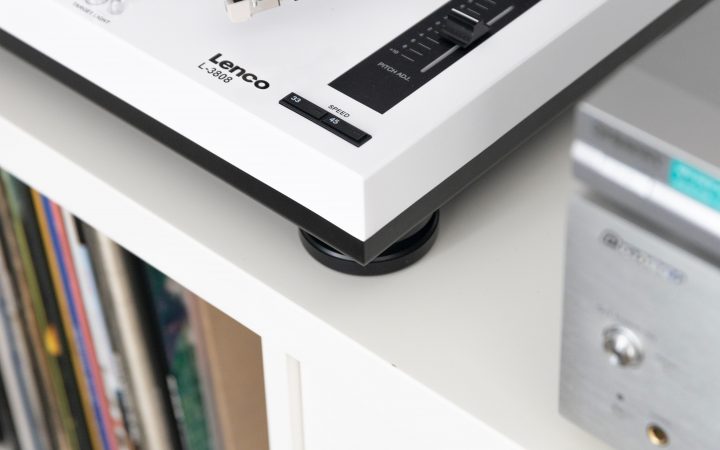
What are Turntable Isolation Feet? Why are they Important?
Unless you have been living under a rock, you will no doubt have realized that turntables are rather sensitive creatures. Indeed, they can be so sensitive sometimes that even the smallest vibration can send them careering off course. No matter how this can be or whether or not it makes your record player skip, it usually has devastating effects.
Thus, turntable feet are designed to remedy this situation to the best of their abilities. Many turntables are fitted with these kinds of things as standard but in a lot of instances they just are not enough. In these cases, replacement turntable feet are rendered entirely necessary to protect the stylus from careering off course and to prevent further harm to a record.
Just as with lots of other audio gear, turntable feet come in plenty of different shapes and sizes. Indeed, the number of different options in this area perfectly mirrors just how overly saturated the rest of the market has become. So, anyone looking to be comforted by some consumer capitalism can rest assured that they will be safely and surely catered to here.
In using these kinds of isolated turntable feet, you really will be getting the most out of your records, preventing further vibrational disruptions and also ensuring the sanctity of your records.
Do You Need Turntable Isolation Feet?
Perhaps you do not need them at all, though we would suggest that if any of the following apply to you, then you should at least consider it.
Hardwood Flooring
Those with hardwood flooring in their listening space have long complained of the way that it can impact the listening experience itself. Such floors are a little less sturdy and more bouncy and, thus can more easily send vibrations through and up to the needle.
Since it is easier to change the feet of the turntable than the floor itself, the former is often called upon.
Confined Spaces
Some vibrational issues can be solved by simply moving the turntable to a different location in a room. This is usually the case if the vibrations are coming from elsewhere, like a washing machine in an adjacent room.
If the listening room is too small, then this is not possible, and thus, turntable isolation feet are called upon to get the job done.
Skipping
If you are noticing regular and repeated skips during a listening experience, then chances are this will have something to do with external vibrations. Accessories such as turntable isolation feet can be very effective at remedying such a situation, no matter what the root cause of it actually is. Who knows, it could very well just be a warped record.
No Feet
Your turntable might in fact be so old that it does not have any isolation feet to speak of and is, therefore, being affected gravely by external vibrations. It might be the case, for instance, that the feet were never there in the first place – the speed of modern life not requiring them at all – or perhaps they have worn away over time.
In these instances, you will need to source some new ones yourself. Thankfully, they are relatively inexpensive.
Types of Turntable Feet
There are actually four different types of these kinds of isolation feet, meaning there are four or more ways to ensure that your music is being sent through the speaker without any interference.
Rubber Feet
Perhaps the most common of the lot, these rubber isolation feet are easy to source and get the job done. In much the same way that a belt drive turntable is somewhat shielded by these vibrations by its rubber belt, these feet are duly protected.
Spike Feet
This is another of the more commonly used designs for isolating vibrations. The intent behind them is to minimize contact with the surface upon which the turntable is laid as much as possible
In this way, spiked feet work best when used in tandem with another form of vibrational isolation, as the spike method can easily lead to certain frequencies being tuned into the mix instead of isolated.
Spring Feet
This kind of vibrational isolation supposedly takes the methodology of the rubber feet to a whole other level, largely because springs can supposedly offer more vibrational absorption than rubber alone.
This is the same kind of idea as would be used in the suspension system of a bike or a car, wherein larger vibrations are absorbed by the springs, which will be able to intake most of the energy and dissipate it.
Isolation Pads
A slightly different form of isolation comes in the form of these pads, which can be used either alone or in tandem with spiked or rubber isolation feet. These are essentially flat pieces of material – usually metal, wood, or cork – that sit on the flat surface where the turntable is laid. The turntable feet are then placed atop these small plinths to provide further isolation from the outside world.
Final Tones
So, there you have it! Hopefully, you have found this brief study into isolation feet for turntables of use to you. Perhaps you are even ready and willing to make the jump into purchasing your very own!
FAQs Isolation Feet for Turntable
Do turntable isolation platforms work?
Indeed they do, though the extent to which they work will be up to each individual user and listener.
Do isolation feet work on speakers?
Indeed they do. This is because many of the methods used to isolate vibrations from turntables are mechanical fundamentals that are otherwise transposable to different areas of life.


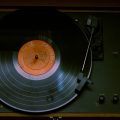
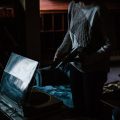
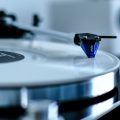

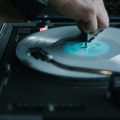
In your opinion, what’s the best option for hardwood floors? My rig sits on a pressed wood particle-veneered entertainment center. Anytime we walk on any hardwood that intersects the unit my DUAL skips. I’ve already tried an isolation pad to no avail. “Upper Management” won’t let me put carpet down.
Hey there Joseph.
Hope you’re well. You’re always going to have issues with hardwood floors like this – no matter the type of wood, there will always be the same issue of which you speak. Since your so-called ‘upper management’ won’t let you out carpet down, you can always put your turntable on a shelf away from contact with the floor or, alternatively, increase the weight of your cartridge a little. Try experimenting with these and let us know how you get on.
Hope this helps, Joseph.
Robert.